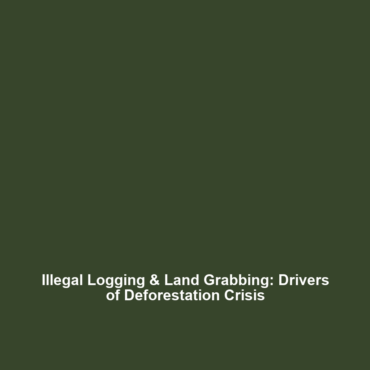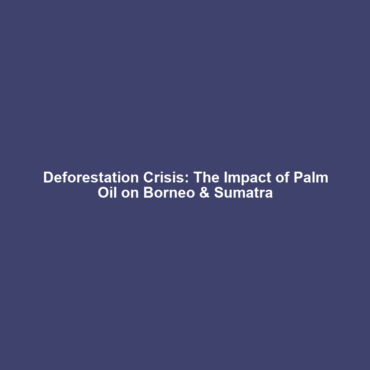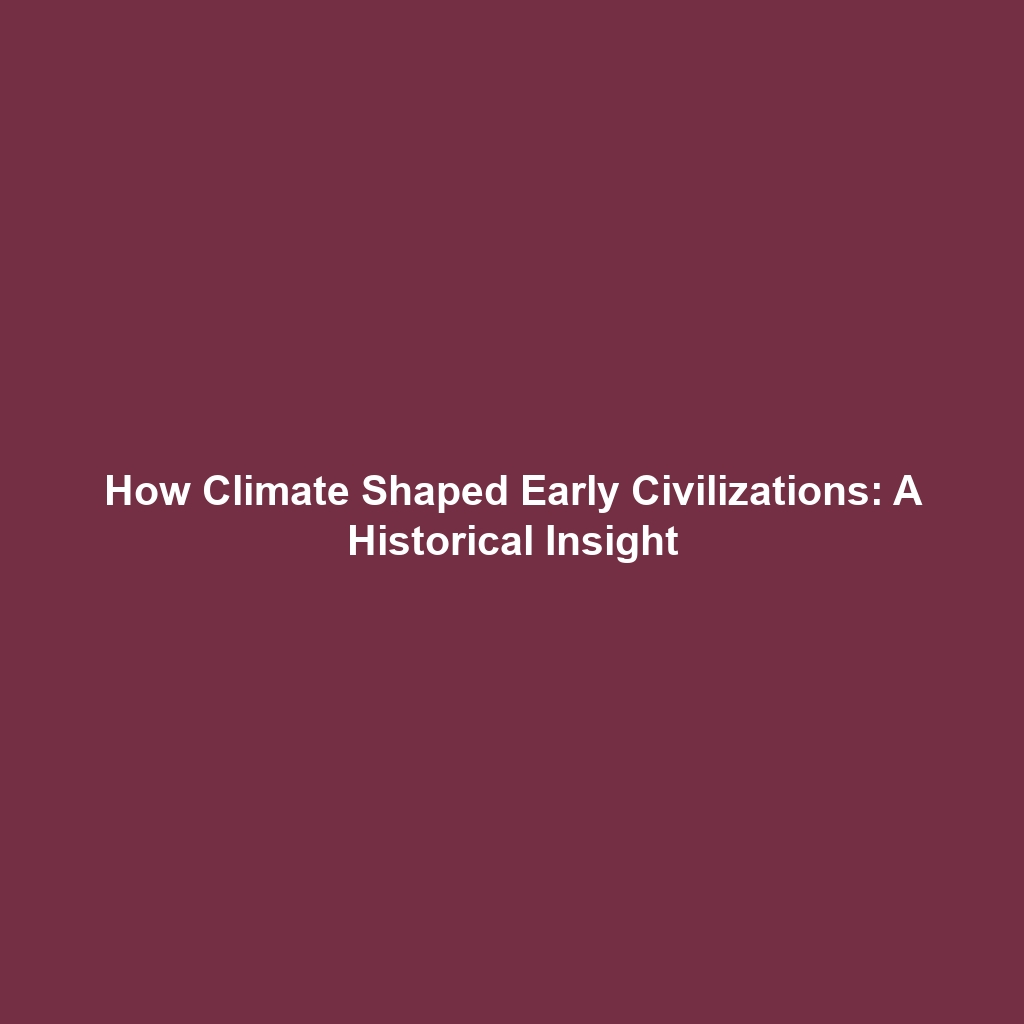The Role of Illegal Logging and Land Grabbing in Accelerating Deforestation
Category: Deforestation & Biodiversity Loss
Introduction
The escalating rates of deforestation and biodiversity loss pose significant threats to global ecosystems and the environment. Among the key drivers of this phenomenon are illegal logging and land grabbing, which undermine regulatory frameworks intended to protect forests. Despite rigorous laws aimed at curtailing these practices, they continue to proliferate, contributing to environmental degradation. Understanding the role of these activities is crucial for developing effective strategies to combat deforestation and promote biodiversity conservation.
Key Concepts
Illegal Logging
Illegal logging involves the unauthorized harvesting of timber, often in protected areas or without proper permits. This practice not only leads to significant financial loss for governments but severely disrupts ecosystems. Major keywords: illegal logging, deforestation, biodiversity loss.
Land Grabbing
Land grabbing refers to the large-scale acquisition of land by corporations, governments, or individuals, often displacing local communities and degrading the environment. This can lead to extensive deforestation, especially in biodiverse regions. Major keywords: land grabbing, deforestation, ecological impact.
Applications and Real-World Uses
Illegal logging and land grabbing have severe implications for environmental policy and management. Understanding how these activities influence deforestation can inform better legislation and community involvement in forest management. For example:
- Community-Based Forestry: Engaging local communities in forest management can reduce illegal logging.
- Policy Frameworks: Developing stringent laws can curb land grabbing and protect forested areas.
- Awareness Campaigns: Educating stakeholders about the ecological impacts can foster compliance with regulations.
Current Challenges
The study and application of illegal logging and land grabbing face several challenges, including:
- Lack of enforcement of existing regulations.
- Corruption within governmental bodies.
- Limited resources for monitoring illegal activities.
- Resistance from corporations benefiting from these practices.
Future Research and Innovations
Future research is essential for understanding and addressing the issues arising from illegal logging and land grabbing. Innovations may include:
- Remote Sensing Technologies: Utilizing satellite imagery to monitor forest loss.
- Blockchain for Transparency: Leveraging blockchain to track timber supply chains.
- Community Empowerment Models: New frameworks that engage and empower local communities in conservation efforts.
Conclusion
The role of illegal logging and land grabbing in accelerating deforestation despite regulatory frameworks is a pressing concern that impacts biodiversity loss significantly. Addressing these issues through community-based strategies, innovative technologies, and stringent enforcement of laws can help mitigate their effects.
Learn more about forest conservation initiatives and join the fight against illegal practices that endanger our forests.


